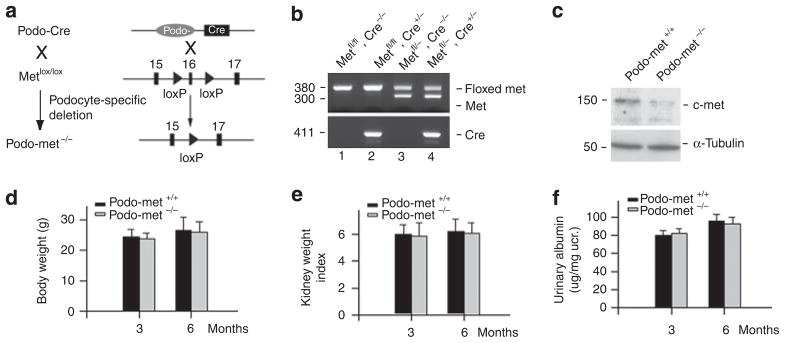Figure 1. Mice with podocyte-specific ablation of c-met are healthy.
(a) Experimental design shows the strategy of the crossbreeding of mice to generate podocyte-specific deletion of c-met receptor. (b) Genotyping of the mice by PCR analysis of genomic DNA. Lane 1, genotype: c-metfl/fl, Cre−/−, designated as podo-met +/+ control; Lane 2, genotype: c-metfl/fl, Cre +/−, designated as podo-met−/−, podocyte-specific ablation of c-met; Lane 3, genotype: c-metfl/−, Cre−/−; Lane 4, genotype: c-metfl/−, Cre +/−. (c) Western blot analysis of glomerular c-met protein in podo-c-met−/− mice (c-metfl/fl, Cre +/−) and control podo-met +/+ littermates (c-metfl/fl, Cre−/−). Glomerular lysates were prepared from the mice and immunoblotted with antibodies against c-met and α-tubulin, respectively. (d–f) Mice with podocyte-specific ablation of c-met are phenotypically normal. There was little difference in body weight (d), kidney/body weight index (e), and urinary albumin excretion (f) between podo-c-met−/− mice and their control littermates at different time points (n = 4).

